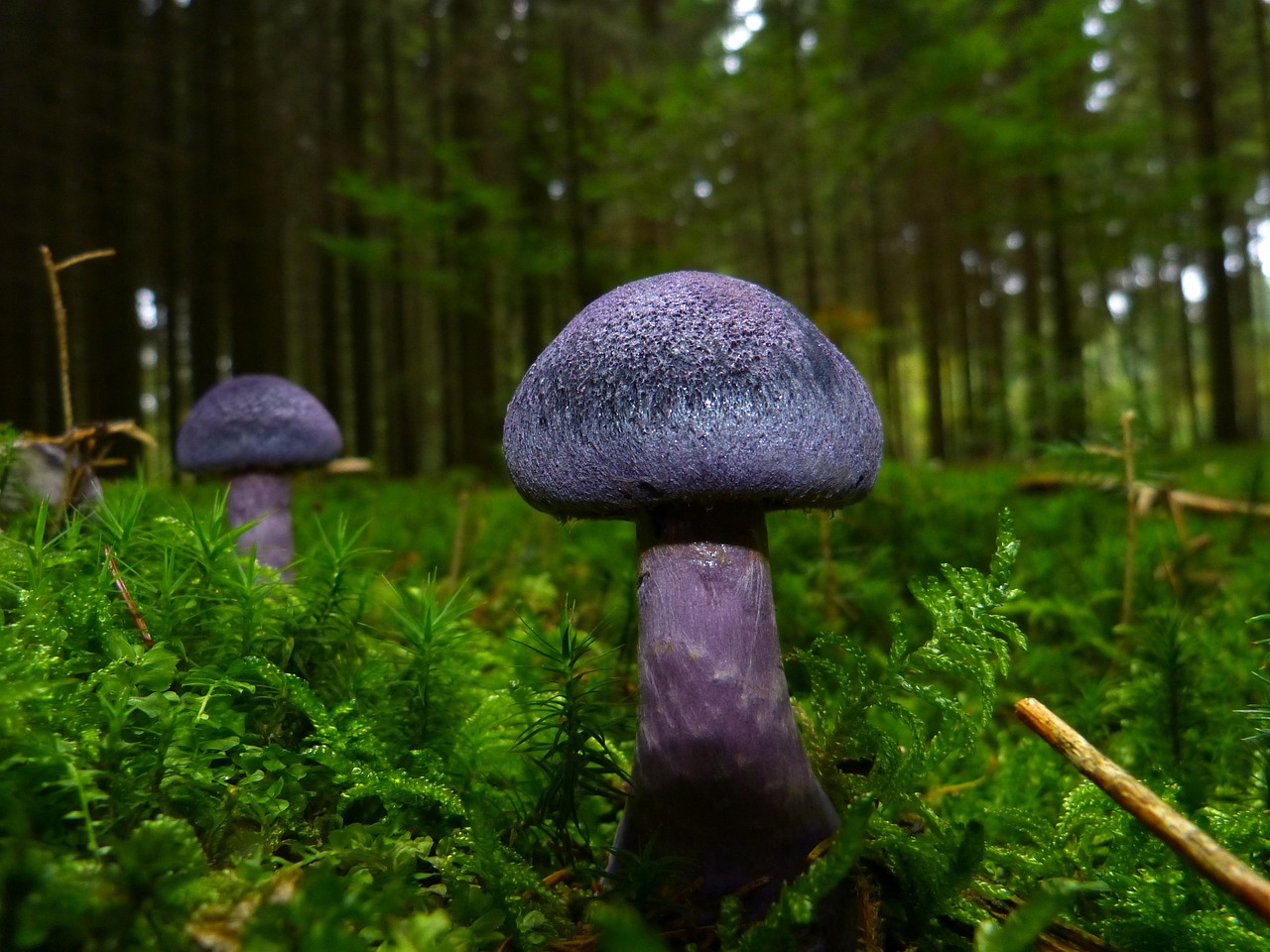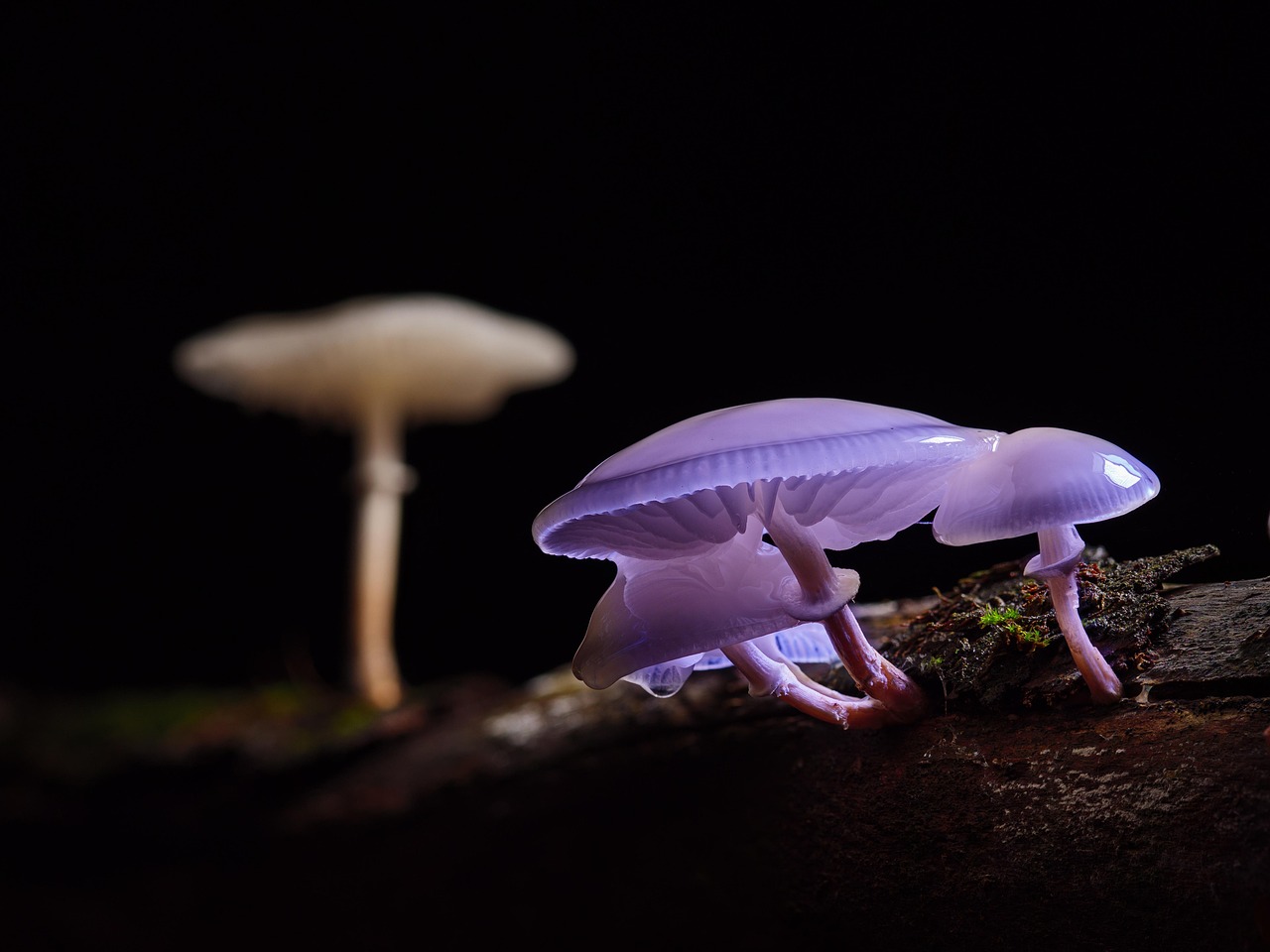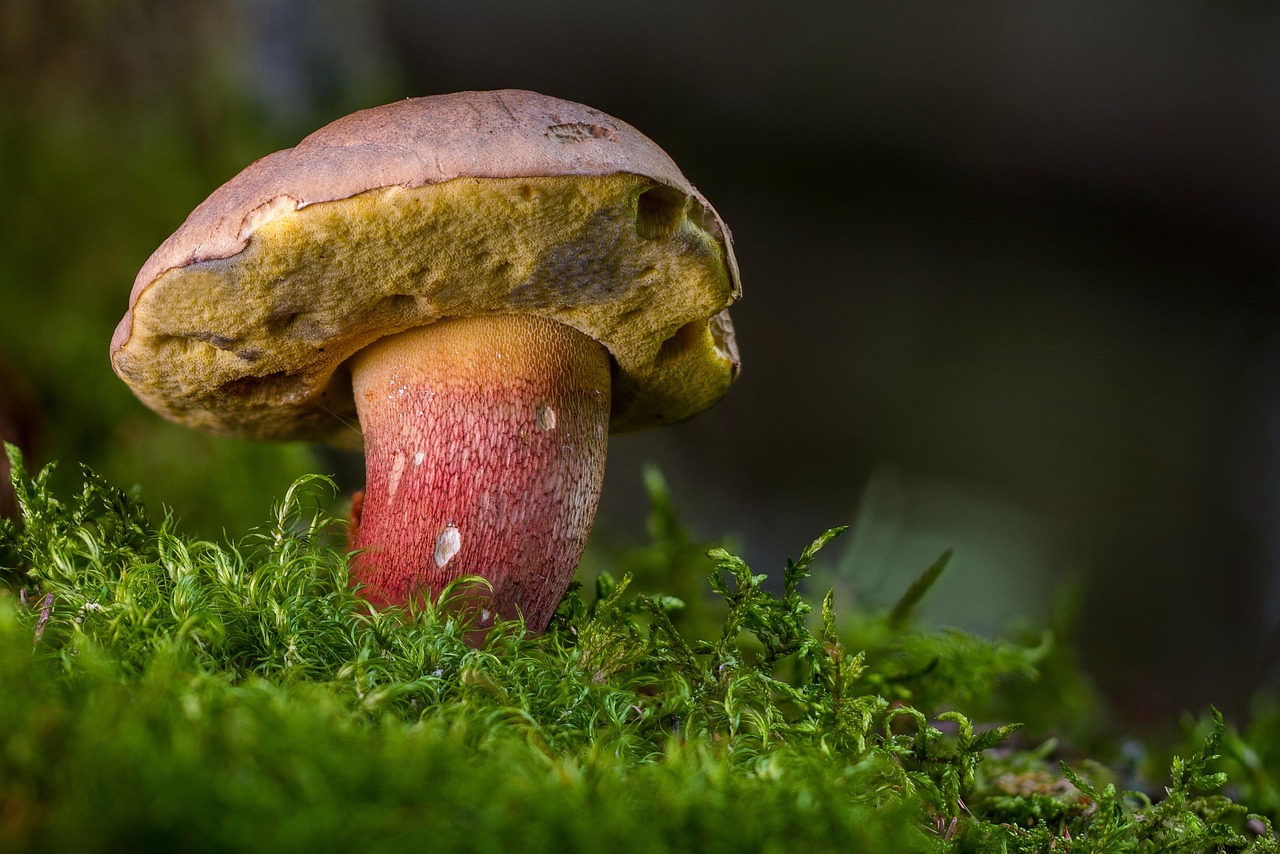What Is The Process Of Inoculating Mushroom Substrate?
What is the process of inoculating mushroom substrate?

Introduction to Inoculating Mushroom Substrate
Inoculating mushroom substrate is a crucial step in the cultivation process of mushrooms. It involves introducing mushroom spores or mycelium to a prepared substrate material, which serves as the food source for the mushrooms to grow. This step is essential to ensure successful mushroom cultivation and a bountiful harvest.
Why is Inoculating Mushroom Substrate Important?
Inoculating mushroom substrate is important because it kickstarts the growth of the mushrooms. Without properly inoculating the substrate, the mushrooms will be unable to colonize and grow. This step sets the stage for a healthy and productive mushroom crop.
Materials Needed for Inoculating Mushroom Substrate
Before you begin the process of inoculating mushroom substrate, it is essential to gather all the necessary materials. Here is a list of the materials you will need:
- Mushroom spores or mycelium
- Sterile syringes or inoculation loops
- Alcohol (for sterilization)
- Pressure cooker or autoclave
- Grain or sawdust substrate
- Incubation chamber
Where to Source Mushroom Spores or Mycelium
Mushroom spores or mycelium can be purchased from specialized mushroom suppliers or harvested from existing mushroom cultures. It is important to ensure that the spores or mycelium are of high quality and free from contaminants to maximize the chances of a successful inoculation.

Steps to Inoculate Mushroom Substrate
Inoculating mushroom substrate may seem like a complex process, but with the right guidance and preparation, it can be a straightforward task. Here are the steps to follow when inoculating mushroom substrate:
Step 1: Prepare Your Workspace
Before you begin the inoculation process, ensure that your workspace is clean and free from contaminants. Sterilize all equipment, surfaces, and utensils that will come into contact with the mushroom substrate to prevent the introduction of harmful bacteria or mold.
Step 2: Prepare the Mushroom Spores or Mycelium
If you are using mushroom spores, you will need to prepare a syringe for the inoculation. If you are using mycelium, ensure that it is well-colonized and ready for inoculation. Take care to handle the spores or mycelium with clean hands or sterilized gloves to prevent contamination.
Step 3: Prepare the Substrate Material
The substrate material serves as the food source for the mushrooms to grow. Depending on the type of mushrooms you are cultivating, the substrate material can vary from grain to sawdust. It is essential to sterilize the substrate material before inoculation to eliminate any competing microorganisms.
Step 4: Inoculate the Substrate
Using a sterile syringe or inoculation loop, introduce the mushroom spores or mycelium into the prepared substrate material. Ensure that the spores or mycelium are evenly distributed throughout the substrate to promote uniform growth. Seal the inoculated substrate in a sterile container to prevent contamination.
Step 5: Incubate the Inoculated Substrate
Place the inoculated substrate in an incubation chamber set to the optimal temperature and humidity for the mushroom species you are cultivating. Allow the mycelium to colonize the substrate over the next few weeks, monitoring its progress regularly.
Step 6: Transfer to Fruiting Chamber
Once the substrate is fully colonized with mycelium, transfer it to a fruiting chamber where the mushrooms can begin to develop. Ensure that the fruiting chamber is set to the ideal conditions for fruiting, including proper lighting, humidity, and airflow.

Troubleshooting Common Issues
Despite your best efforts, you may encounter some common issues when inoculating mushroom substrate. Here are some common problems and their solutions:
Contamination
Contamination can occur if the substrate or equipment is not properly sterilized before inoculation. To prevent contamination, ensure that all materials are sterilized, and follow strict hygiene practices during the inoculation process.
Slow Growth
Slow growth can be a result of suboptimal conditions in the incubation or fruiting chamber. Check the temperature, humidity, and ventilation in both chambers and make adjustments as needed to promote healthy growth.
Mold Growth
Mold growth can be a sign of contamination or poor ventilation in the fruiting chamber. Remove any contaminated substrate immediately and increase airflow in the fruiting chamber to prevent further mold growth.

Conclusion
Inoculating mushroom substrate is a critical step in the cultivation process that requires attention to detail and proper preparation. By following the steps outlined in this article and troubleshooting common issues, you can ensure a successful mushroom harvest. Remember to maintain a clean and sterile environment throughout the inoculation process to maximize your chances of a bountiful mushroom crop. Happy cultivating!

